
Charging your cell phone, turning on the light when it’s dark, starting the fan when it’s hot. Some 99.32 percent of the population in Guanacaste has electricity and practices a similar daily routine without giving it much thought by pure inertia. But when you live among the other percent, daily tasks become complicated.
Like Elizabeth Avilés, who wakes up at 5 a.m. to go to school without any alarm other than her biological clock. She’s 13 and goes to the Corralillo Technical Professional High School a few minutes from her home in San Antonio, Nicoya.
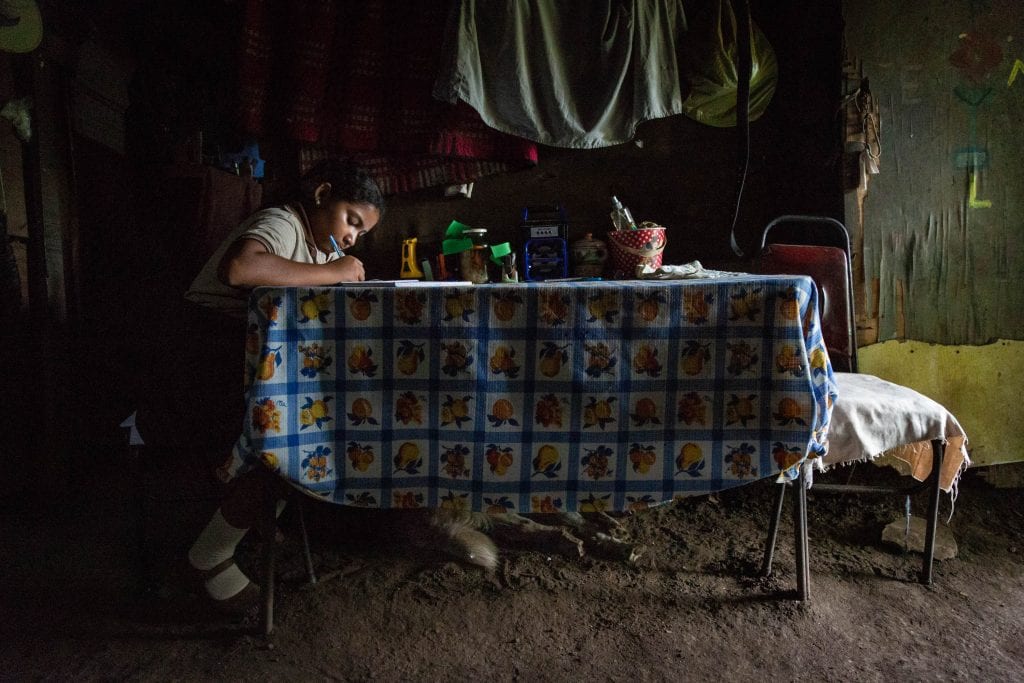
The room where Elizabeth studies is, by far, the brightest area in the house. That’s where she does her homework while daylight allows.Photo: César Arroyo
María Avilés, her mother, wakes up a little earlier to make her breakfast. They use a flashlight from the room to light the kitchen, where she starts the wood-burning stove that Luis, her partner, provides wood for every day. The shack they live in is made of wood and aluminum blackened by the smoke.
According to the last report on electrical coverage by the Costa Rica Electricity Institute made in 2017, there are 633 houses (2,575 people), in Guanacaste without this service.
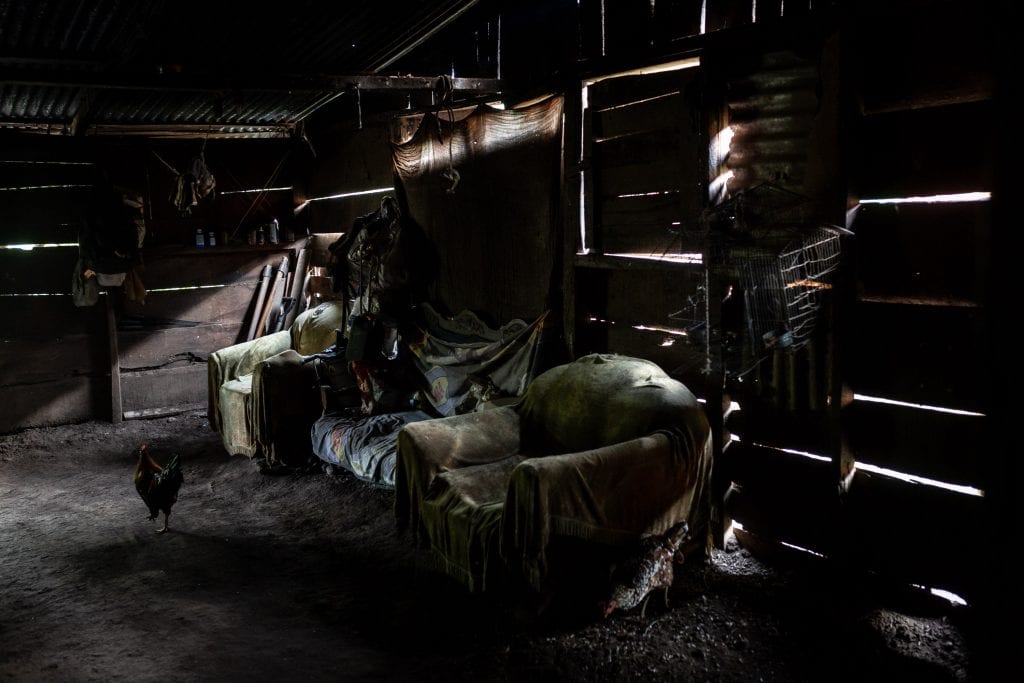
The light that hangs between the boards and doors casts a shadow over the dusty chairs and chickens that walk inside the house.Photo: César Arroyo
When Elizabeth finishes her coffee and gallo pinto, she says goodbye to her mom and walks quickly to catch the 6:20 a.m. bus. While her daughter studies, Maria does house chores like wash clothes by hand in a cement tub between wood boards at the back of the house, or sprays water on the dirt floor to prevent dust from kicking up, or walk to her neighbor’s house a few meters away with her collection of electric flashlights in order to charge them.
If she buys meat, which isn’t often, she keeps it cool at her neighbor’s house.
“I need it (electricity). Not just for me but for my girl,” Maria says with resignation, sitting on a log in front of their house where pigs and chickens walk by.
Lights Out
Several years ago, before Elizabeth was born, María found a job taking care of senior citizens in Nicoya and she went to live there. Meanwhile, she continued to pay for water and electricity at home so they wouldn’t cut off the services.
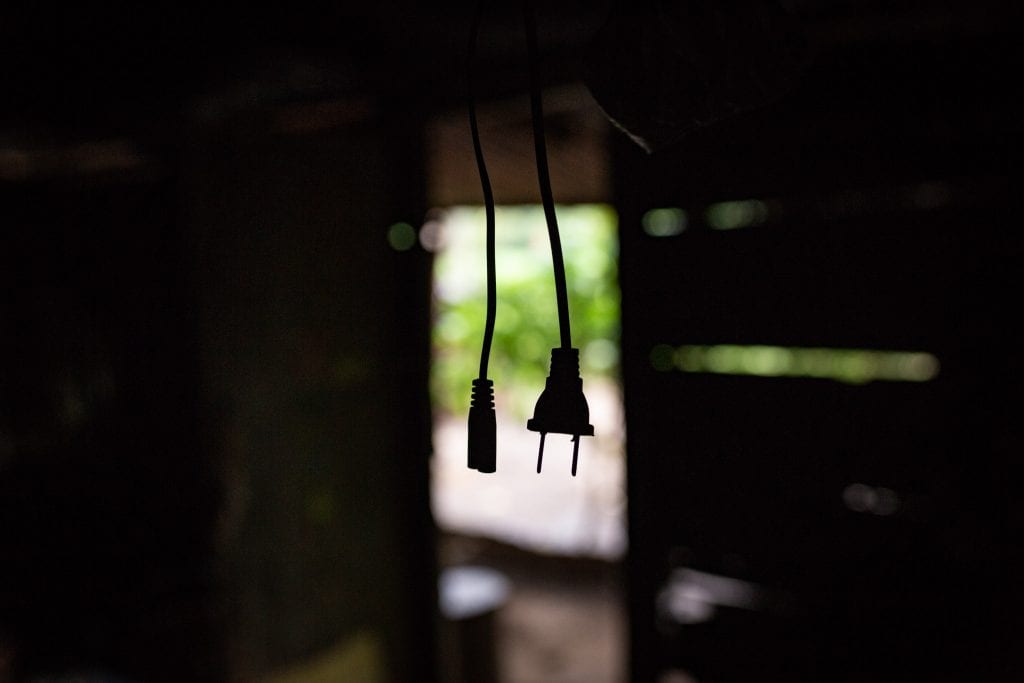
The flashlight charger they use for light at nighttime hangs from clothesline in the living room.Photo: César Arroyo
“When I came back I no longer had electricity. I haven’t had it since then, but you get used to it,” she says calmly, adding that the land where she lives isn’t hers and that it belongs to her mother’s ex-husband. “They (the family of her ex-husband) wrote a letter, went to the cooperative, and then they came and cut off my electricity.” She is surprised that they haven’t done it at the house that Luis and Elizabeth share.
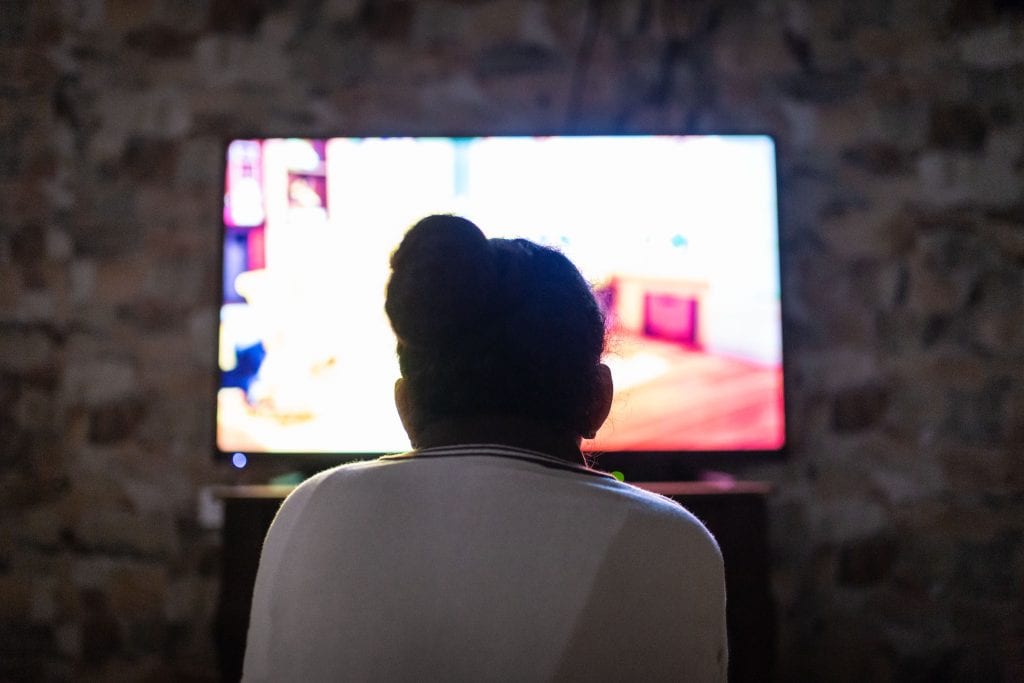
Once school homework is done, Elizabeth, 13, walks a block to a neighbor’s house to watch television.Photo: César Arroyo
Though she has never known what it’s like to have lights at home, Elizabeth is a girl that has a life similar to that of most others her age. She smiles, but introvertedly, she dances to typical, popular music, plays soccer, draws and writes stories about princesses when she has time. When she gets home at the end of the afternoon, she hurries to get her obligations done while there is daylight. If she doesn’t have time, she goes to her neighbor’s house. There, she studies when she has exams or sits down to watch TV.
“She’s very punctual with her homework,” her mom says proudly. After the last rays of sunlight disappear and Elizabeth finishes her studies, she goes home and leaves everything ready to go to bed at 7:30 p.m.
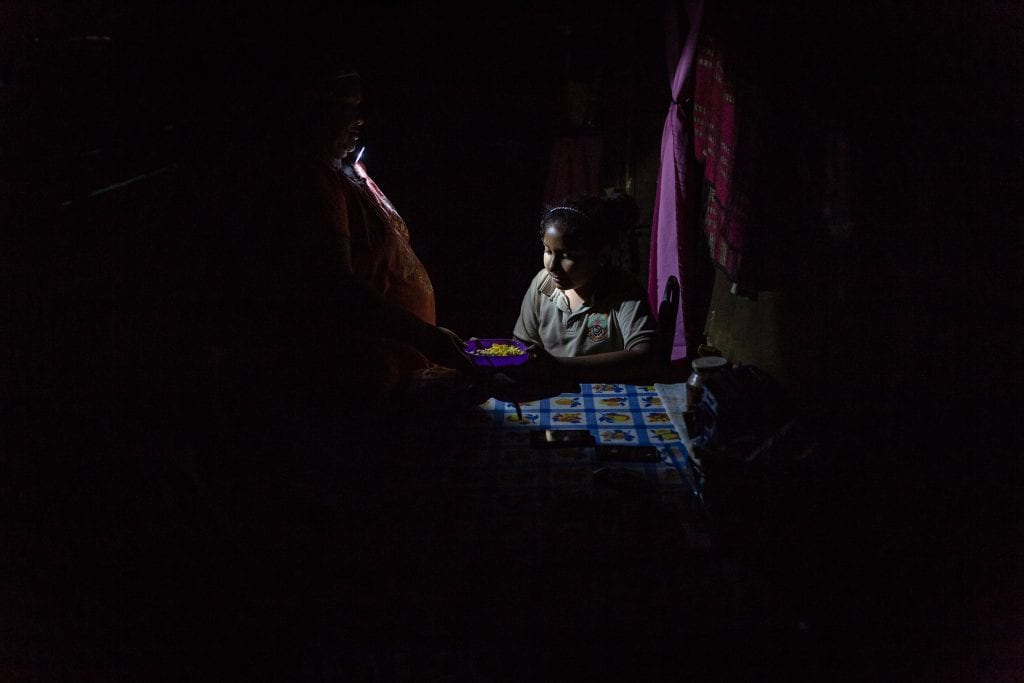
At night, María uses rechargeable flashlights to light the house and finish her chores, like making dinner.Photo: César Arroyo
The list of tasks that require electricity would be endless for most people, but Elizabeth sums it up well. “Electricity is important to study, watch TV and for Mom to have light when she cooks. That’s all.”
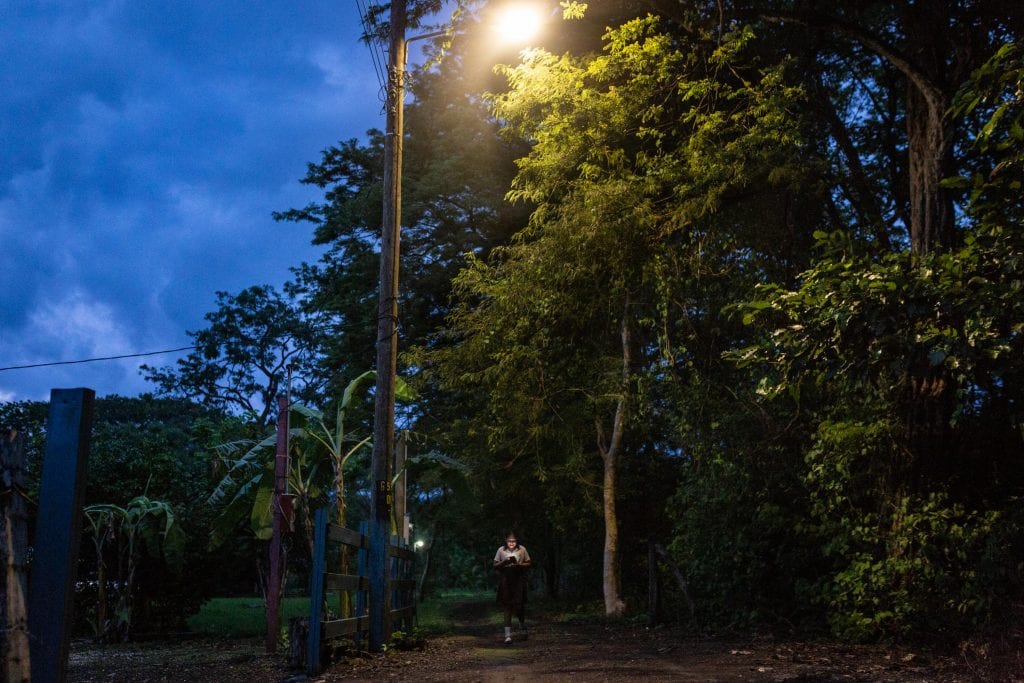
The cell phone is essential for Elizabeth. She uses it to talk to María at lunchtime, get work done and talk to her friends. She charges it every night while she watches TV at her neighbor’s house.Photo: César Arroyo


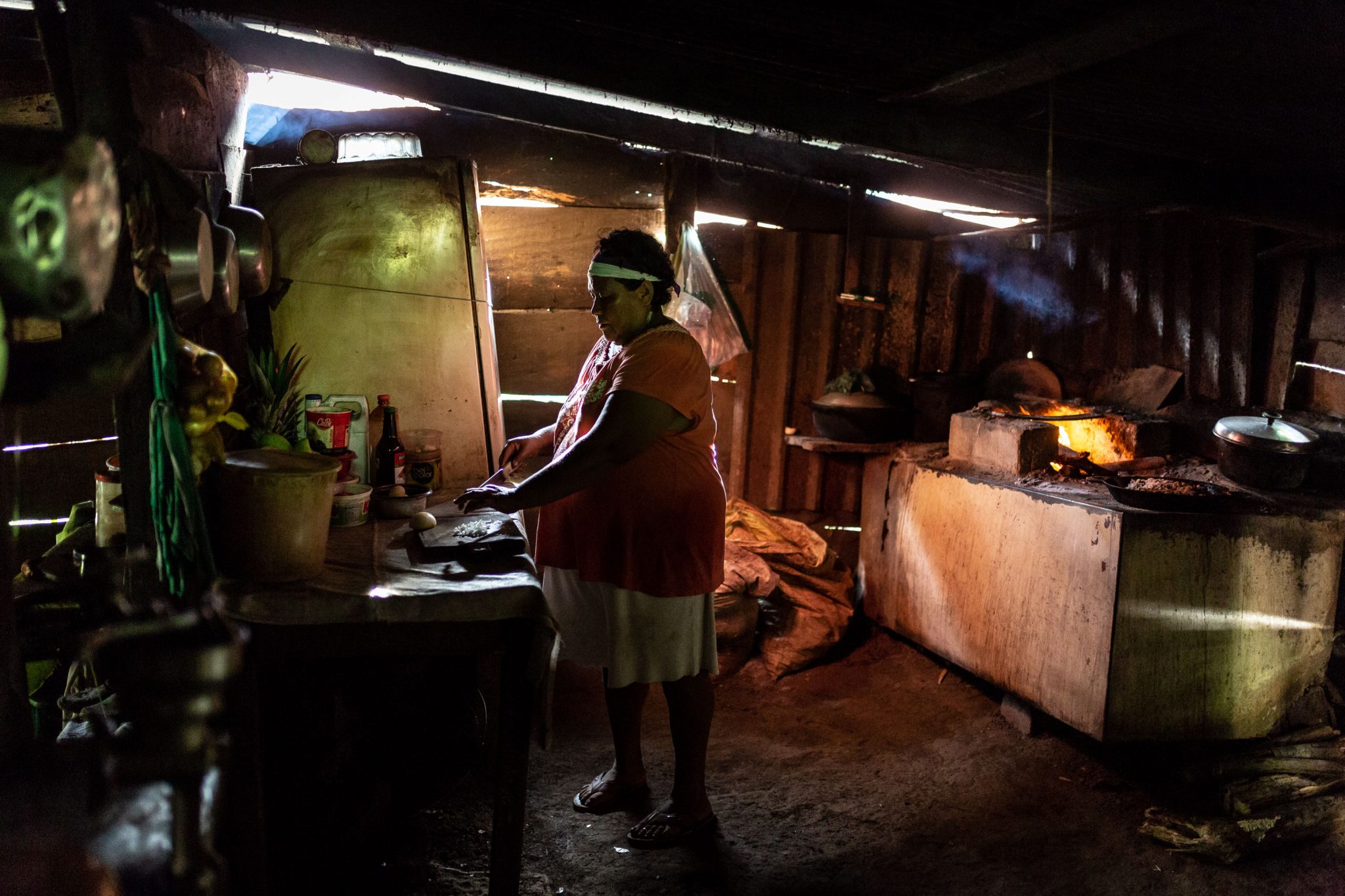
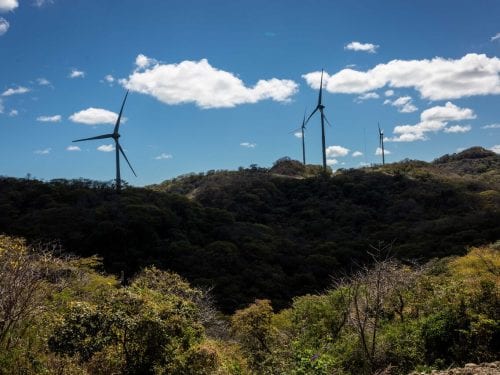
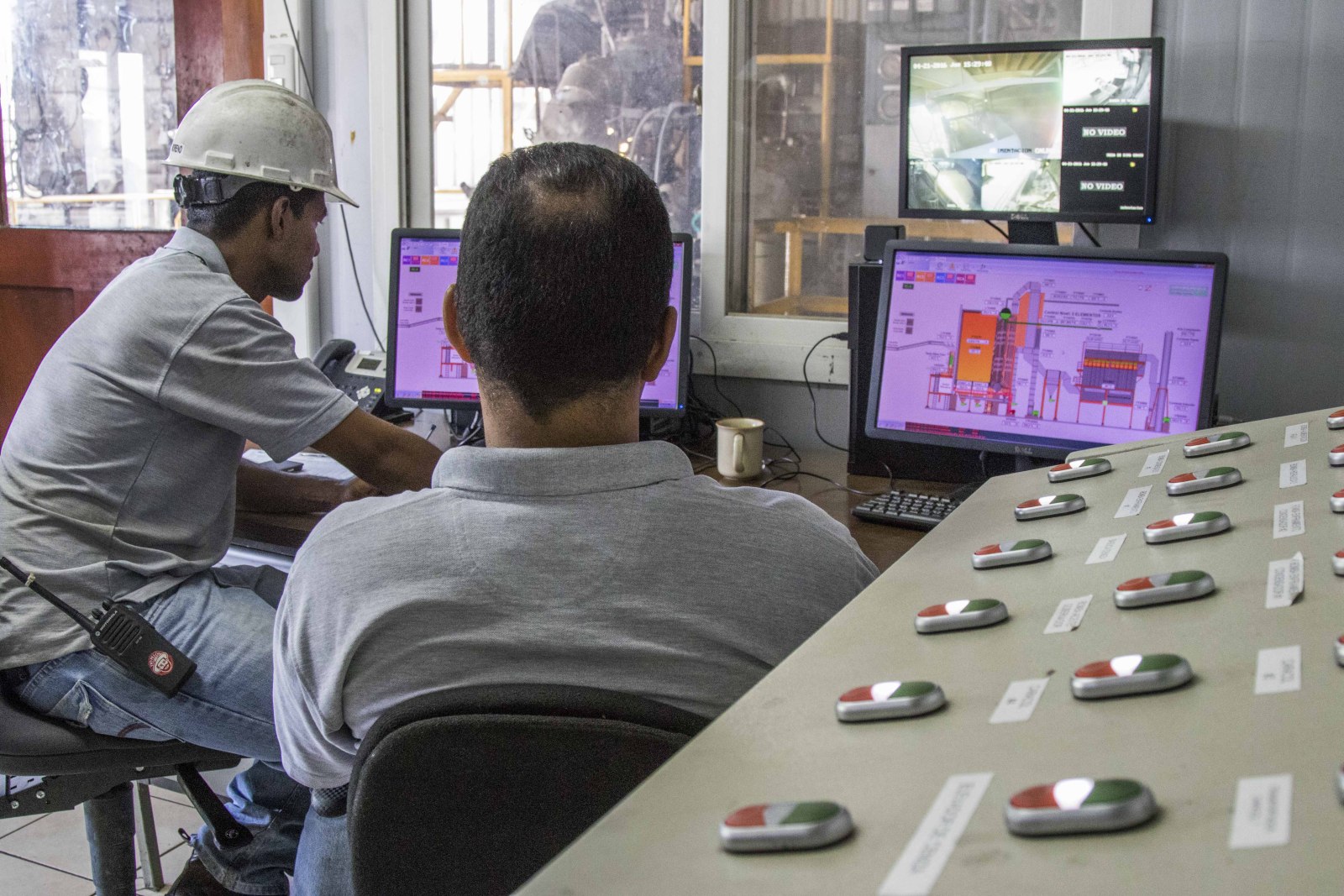
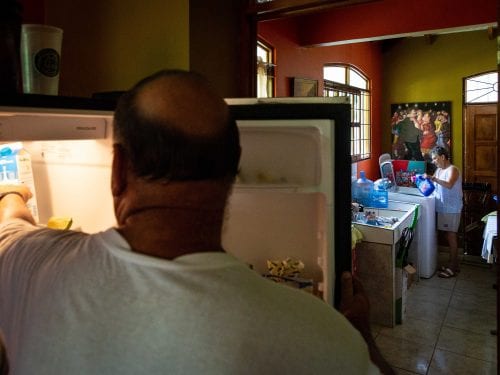

Comments